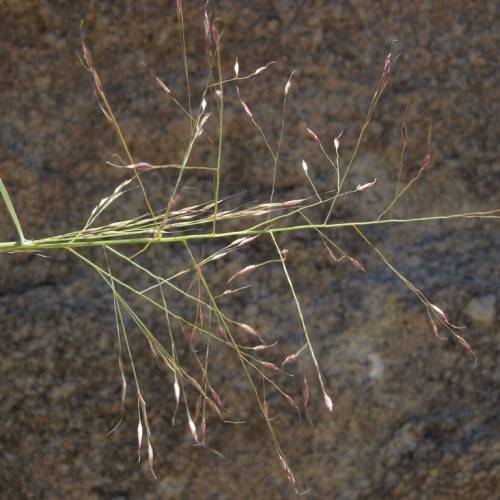
Old Field Threeawn Grass
Aristida oligantha
Watering:
Minimal
Hardiness Zone:
Sun:
full sun
Leaf:
Yes
Growth Rate:
Low
Salt Tolerant:
Yes
Thorny:
Yes
Invasive:
Yes
Care Level:
Medium
watering
This species of grass should be watered lightly about twice per week as a rule. It should be watered more or less frequently depending on the season and conditions. In summer, Slim-Spike Threeawn Grass should be provided with up to an inch of water per week. During times of drought it should be watered about every other week. In the winter months, supplemental watering is not needed as the plant is dormant during this period.
sunlight
Aristida longespica, or Slim-Spike Threeawn, is a grass species that grows best in full sunlight and typically fares best when exposed to around 8–10 hours of direct sunlight each day. The plant is most active during the spring and summer months, when it will require extra amounts of sunlight in order to achieve maximum growing potential. During the winter and fall months, Slim-Spike Threeawn Grass may require less sunlight — likely no more than 6 to 8 hours daily.
pruning
Slim-Spike Threeawn Grass should be pruned once every 3 to 4 weeks during the spring and summer. When pruning, the grass should be cut back no more than ⅓ of its total shoots in order to maintain a healthy balance. Going too far in either direction (over-pruning or under-pruning) can be detrimental to the plant or even cause it to die.
